
Influenced by the traditional festival atmosphere, the picturesque sites of the old town have become a popular choice for many tourists.
For example, the Hangzhou Municipal Bureau of Culture, Radio, Film, and Tourism has released statistics on tourist flows: during this year’s Dragon Boat Festival, 2.439 million tourists from other places came to Hangzhou, an increase of 25.1% year-on-year, recovering to 115.5% from 2019.
However, many cautious tourists have found that many ancient cities look similar, leading to possible esthetic fatigue. At the same time, there is a strong commercial atmosphere in some ancient cities, such as shopping malls and ancient-style night markets, which means that people cannot fully immerse themselves in history. Ancient cities have a tendency to become “commercial” rather than "ancient", which tends to disappoint many tourists.
Faced with the serious dilemma of homogeneity of sights, some ancient cities have managed to find their own differentiated path of development, offering tourists unique travel experiences and increasing their attractiveness as a destination.
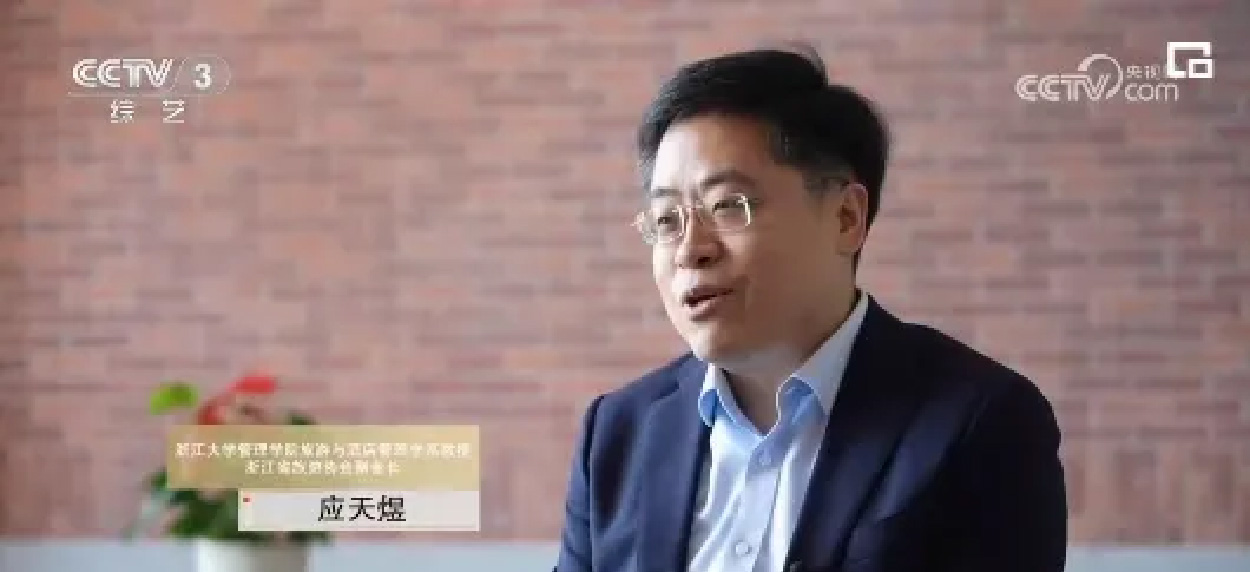
Screengrab from CCTV Interview
Recently, Professor YING Tianyu from the School of Management of Zhejiang University accepted an interview with CCTV and analyzed the new model of cultural tourism in ancient cities. On this basis, we conducted another supplementary interview with Professor YING Tianyu to learn his views on the development of cultural tourism in ancient cities in the digital age.
|
YING Tianyu | 应天煜 School of Management, Zhejiang University |
||
|
|
||
|
|
|
Academic Background: Director of the Department of Tourism and Hotel Management, School of Management, Zhejiang University, and PhD supervisor. Research Areas: Digitalization of cultural tourism, service experience research, sustainable tourism development. You can learn more about Prof. YING Tianyu’s academic background here |
|
How can “old” and “new” be reconciled in the development of ancient cities? |
|
“ |
"Old" and "new" can be seen as typical manifestations of the integration of culture and tourism in ancient cities. "Ancient" refers to the cultural heritage, which stands for the traditional cultural heritage, traditional lifestyle, and lifestyle of ancient cities. It is an element that needs to be protected and passed on when ancient cities face the tourism market or tourists. "New" refers to the word "tourism" in the integration of culture and tourism, i.e. the innovative development of cultural and tourism products and services for new market groups, based on the needs and experiences of users.” |
YING Tianyu explains that market groups and tourists’ demands are constantly changing and that tourism products must also be adapted accordingly. However, no matter how they change, if the tourism development of the ancient city is separated from the roots and heritage of traditional culture, it will be difficult to go far.
|
“ |
From the perspective of the national strategy of "integrating culture and tourism", we can only create a cultural and tourist old town that combines cultural heritage, regional characteristics, and commercial development models if we organically combine the "old" and the "new" and avoid overly standardized and commercial development models.” |
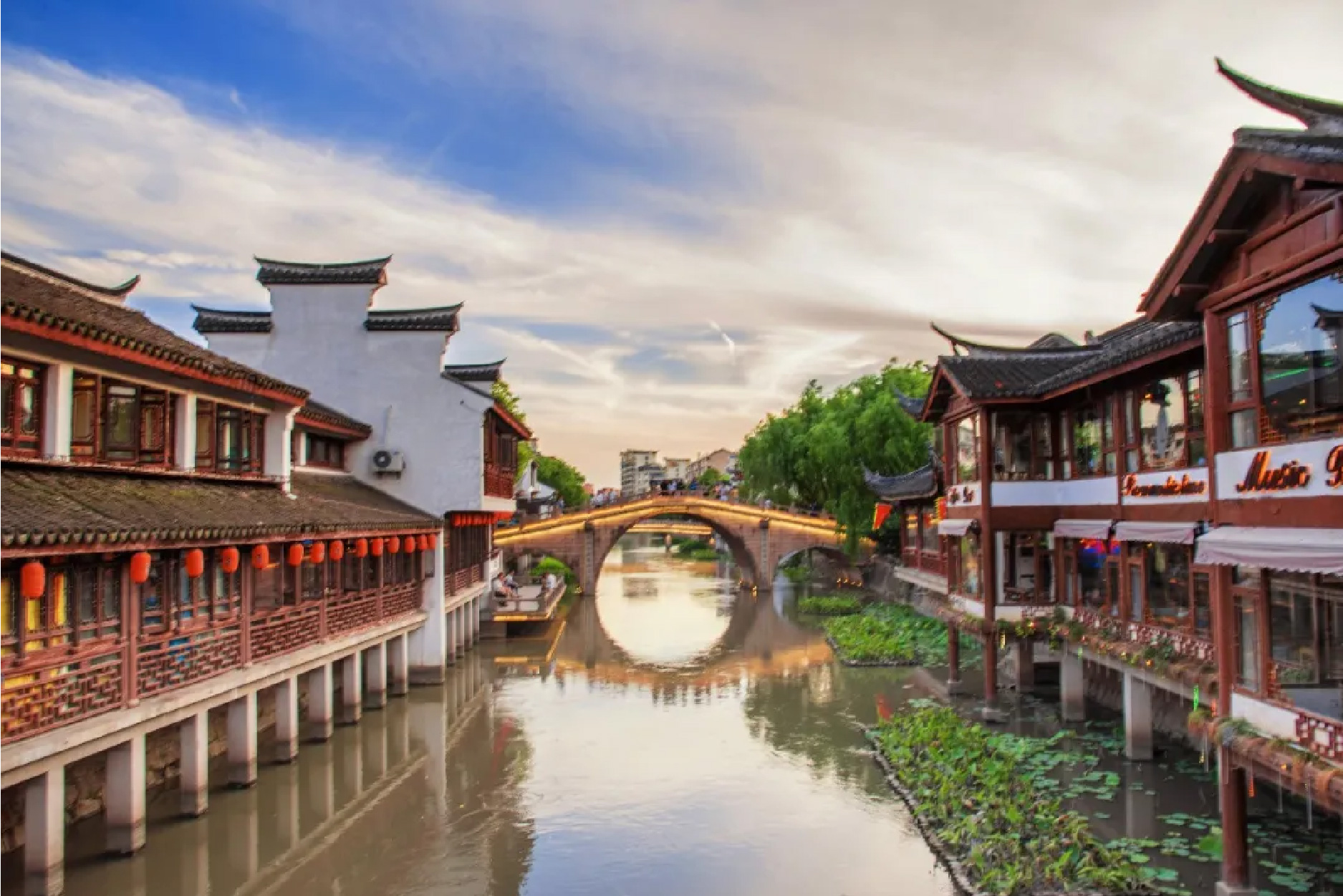
|
Image source: ©千库网 |
YING Tianyu believes that the profound integration of culture and tourism and high-quality development in the specific scenario of ancient cities can come from both "old" and "new" aspects.
|
“ |
First, preserve the "ancient charm". Focus on the protection and restoration of tangible cultural heritage, such as the ancient buildings in the commercial old town, to preserve the original historical style. The intangible cultural heritage, such as cultural activities, traditional customs and living habits, can be reproduced and revived through various means, such as digitization. Second, create a "new" development. YING Tianyu proposed that on the basis of maintaining the historical characteristics, innovatively develop tourism products and services for emerging markets, and maintain the unique cultural context of the ancient city to ensure the correctness of the development direction of the ancient city; make good use of the tourism resources of the ancient city, create distinctive tourism products and services, attract domestic and foreign tourists, and achieve sustainable development of the tourism industry; encourage and attract young people to return to the ancient city, inject new vitality into the development of the ancient city, promote economic development, and encourage innovation and entrepreneurship.” |
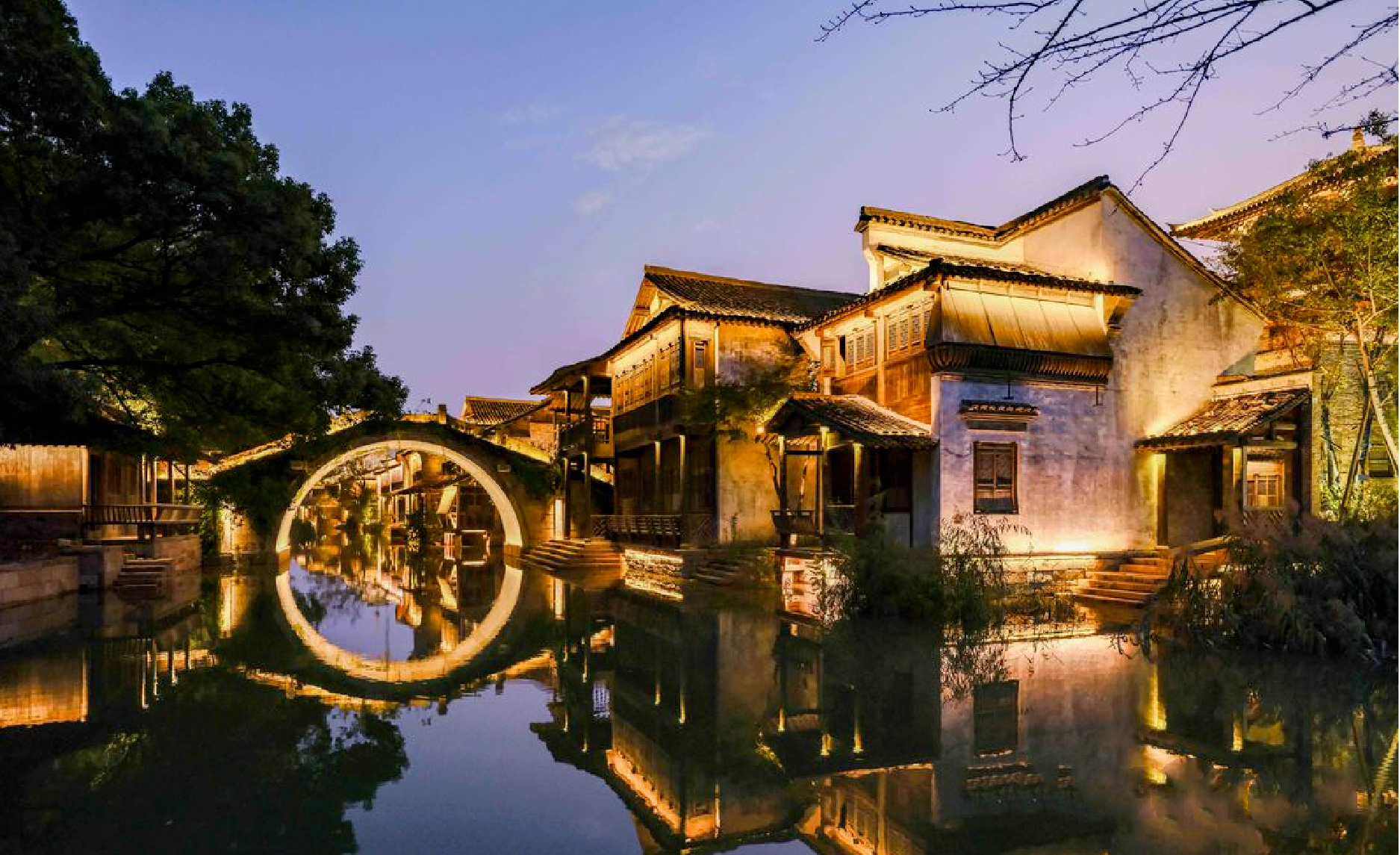
|
Image source: ©浙江日报 |
|
“ |
In short, the balance between the old and the new is a two-way street. It requires full consideration of the protection of traditional heritage and the expansion of new development opportunities to meet the needs and experiences of tourists. It also requires managers and operators to have good strategic planning, management, and operation skills.” Said YING Tianyu. |
|
Researchers Created a Learning and Strategy Model for Farmers and Discovered the Win-win Mechanism of Long-term Contracts for Traders and Farmers |
When it comes to ancient cities, many tourists have the impression that they are all the same. When an ancient city is turned into a mere tourist destination, it loses its original feeling of life and the taste of fireworks, which is also the main reason for the strong homogenization of ancient cities.
|
“ |
There are also many ancient cities in China that have adopted a differentiated approach in their development. Puyuan Ancient Town in Jiaxing City, Zhejiang Province, has adopted a differentiated approach of "fashion industry + cultural tourism in the ancient town", which not only brings new vitality to the ancient town, but also provides a platform for the heritage and innovation of traditional culture.” |
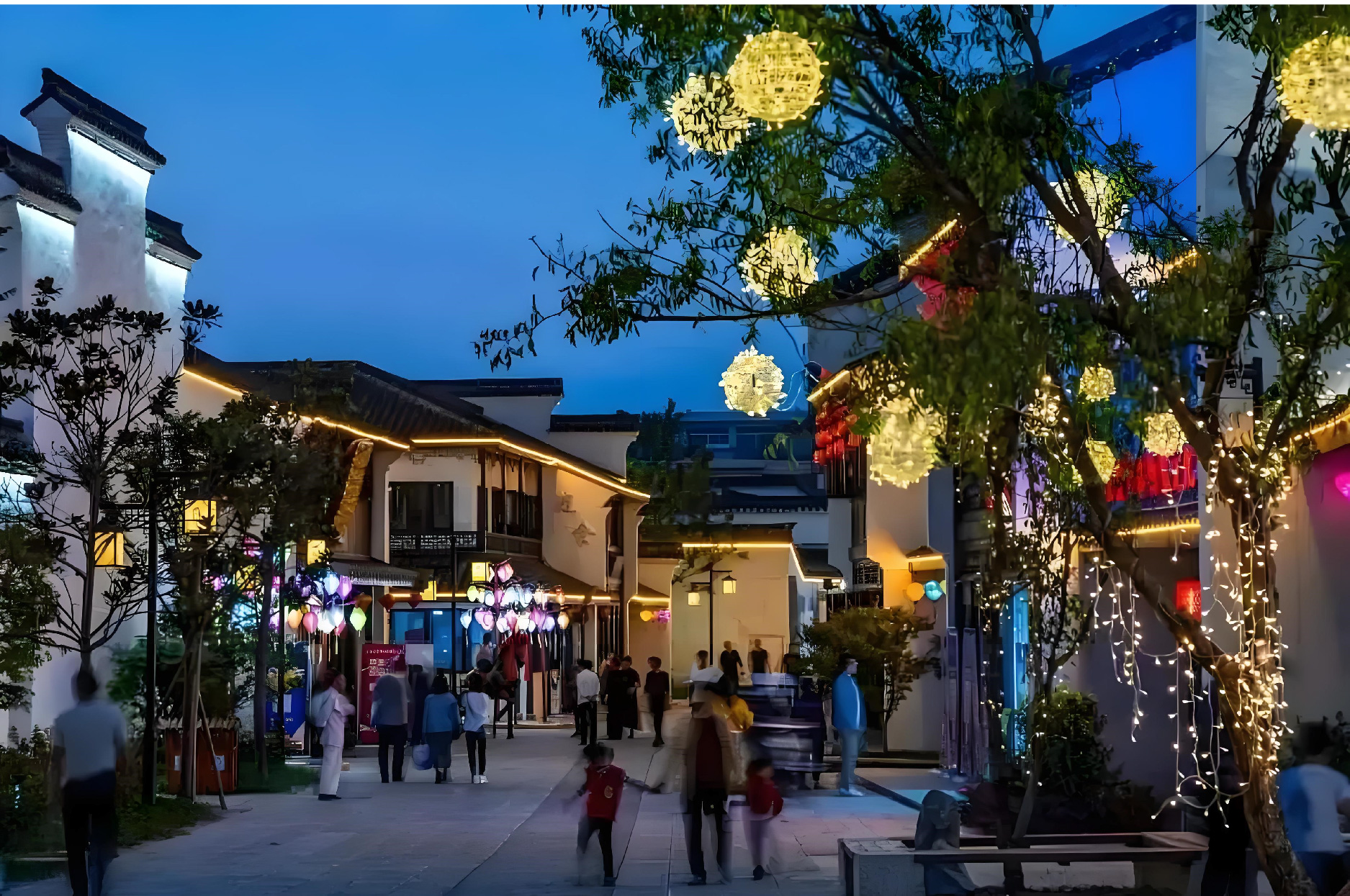
|
Image source: ©搜狐网 |
Based on the development path of Puyuan Ancient Town, YING Tianyu summarized four feasible plans to create a differentiated ancient town.
1. Exploration of Coordinated Development of Urban and Rural Areas
Old towns can combine traditional local industries or local specialties with modern fashion elements, effectively connecting towns and villages, preserving their cultural characteristics, and promoting the diversified development of the local economy.
Many cultural and tourist attractions in old towns will boost the sales of local specialties, reflect the strategy of industrial upgrading and the integration of culture and tourism, promote the balanced development of the local economy, provide sustainable impetus and models for rural revitalization, and provide a new direction for the exploration of coordinated urban and rural development.
2. Deep integration of culture and tourism
The ancient city of Puyuan has achieved a close connection between culture and tourism by organizing fashion weeks and other events. This "fashion + ancient city" model not only enhances the cultural significance of the ancient city, but also attracts more tourists and fashion enthusiasts.
According to YING Tianyu, this integration has increased cultural diversity and participation, so that cultural tourism is no longer limited to traditional sightseeing, but becomes an interactive and experience-oriented activity that goes into depth. This model offers new ways and inspiration for the integration of culture and tourism in other regions.
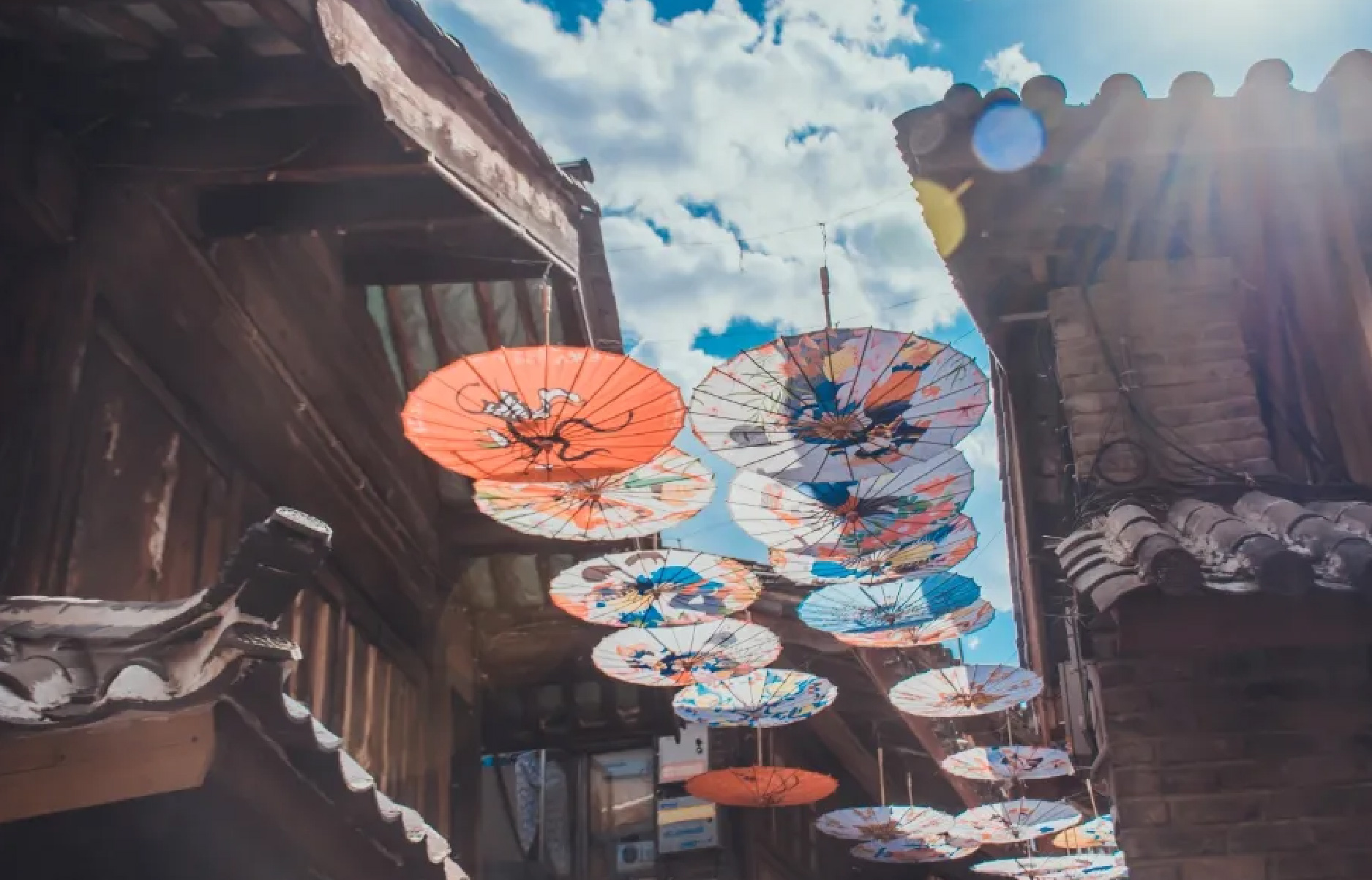
|
Image source: ©千库网 |
3. A new example of transforming ancient scenic spots
Ancient cities are neither the “property” of tourists, nor the sole privilege of locals. Before making any adjustments to the ancient city, the development strategy should focus on improving the quality of life and building a new scene for a better life.
The specialty stores, boutique hotels, and cultural activities in the ancient city all reflect the pursuit of a high-end lifestyle and can attract tourists who want to have high-end living experiences. The smart living measures and related favorable policies introduced and created to promote cultural tourism can also improve the quality of life of local residents, and the optimization of tourism service facilities and the improvement of the consumption environment will create a new scene where urban and rural residents can share a better life.
Taking the ancient city of Puyuan as an example, YING Tianyu saw the new development model of "tourism + industry", which was the first to be modernized. With this model, the radiation effect of cultural tourism of the ancient city will be more prominent and provide a new model for the transformation of the scenic spots of the ancient city across the country.
|
“ |
As China’s largest integrated distribution center for the design, production, and trade of ready-made garments, especially sweaters, Puyuan’s designs are international and independent; the innovation of processing and fabric technology and the "big market" model of online and offline integration have enhanced the local characteristics and influence of the ancient city. In the future, with the help of the "ancient city" and "Internet technology", cultural tourism and trade in the ancient city will also have greater development prospects.” |
|
What digital and intelligent administrative solutions should the "old city" be ready for in the future? |
1. Digital protection of the cultural resources of an ancient city
The protection of tangible cultural heritage, such as ancient buildings, and intangible cultural heritage, such as customs, is key to the sustainable development of ancient cities. The preservation and protection of historical and cultural resources with the help of digital means and technologies, as well as the provision of information and resources for subsequent restoration work, are the basis for the development of ancient cities.
2. Digital transformation of the cultural tourism industry in ancient cities
YING Tianyu emphasizes the importance of the digital transformation of cultural tourism in ancient cities. He says that ancient cities should first strengthen the construction of digital infrastructure for cultural tourism.
In addition, the tourist guide service can be digitally upgraded to provide more accurate cultural and tourism services and information through the digital platform. For example, online travel booking, smart recommendations, and accompanying guides can provide personalized cultural and tourism services by speculating on tourists’ personal preferences and cognitive habits.
3. Digital management of cultural tourism in the ancient city
With the help of digital technology, we can monitor and warn tourist flows and dynamically manage tourist flows to ensure their experience while ensuring their safety. At the same time, we can try to increase the digital marketing of the ancient city so that more people can get to know the ecology and culture of the ancient city.
In addition, the operators and managers of the scenic area can ensure the quality of tourism services and products in the scenic area of the ancient city by receiving complaints through online monitoring, thus providing an inexhaustible impetus for the sustainable development of the ancient city.
- We thank YING Tianyu for his insightful research on dynamic incentives in contract farming. This study offers valuable guidance on managing farmers with superior information, and we look forward to applying these findings to improve decision-making and productivity in real-world farming scenarios.
- You can read the original article in Chinese here